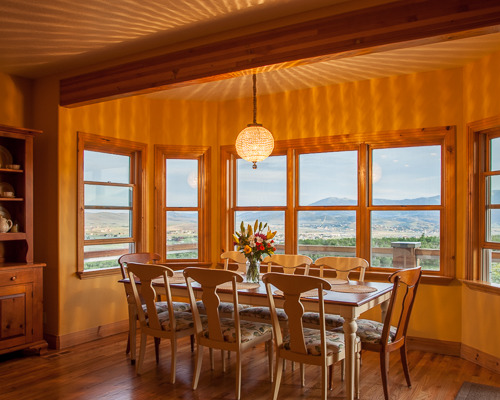Light Temperature
July 16th, 2019Lastly, we need to understand the temperature of the light source. Defining light as having a temperature is confusing, unless you’re a physicist; we really should call it color which is more relevant to our experience of it.
Let’s talk about temperature first. One of the definitions for red-hot is ‘glowing with heat’; white-hot is defined as ‘being at or radiating white heat’. These terms (red-, white-hot) are in our lexicon and come from experiments with hot metals which glow different colors depending on how hot they’re heated. At about 2500K a metal object glows with a yellow-white color while at 5500K it will glow blue-white. (K stands for Kelvin and is a temperature scale that starts at absolute zero.)
Some common temperature approximations are 7500K for shade, 5500K for daylight and 2750K for sunset.
The temperature of the light matters if you’re trying to accurately duplicate the colors of your subject in your photograph. If you’re photographing a room in a house with white walls you don’t want the walls looking blue or yellow or green, they need to be white. The same is true for skin tones; your client won’t be satisfied with your portraits if their skin is orange or some other weird tint.
It’s especially challenging when capturing two different light sources in the same image. This image of my sister’s dinning room illustrates the problem. Outdoors there is hazy sunlight and the light has a blue tint (high temperature) while inside the light is from an incandescent bulb with a warm yellow glow (low temperature, note: the warmth is accentuated from the wood tones and yellow walls).

(Canon 5DMII, EF24-105 @ 28mm, 1/60s, f8, ISO 100)
